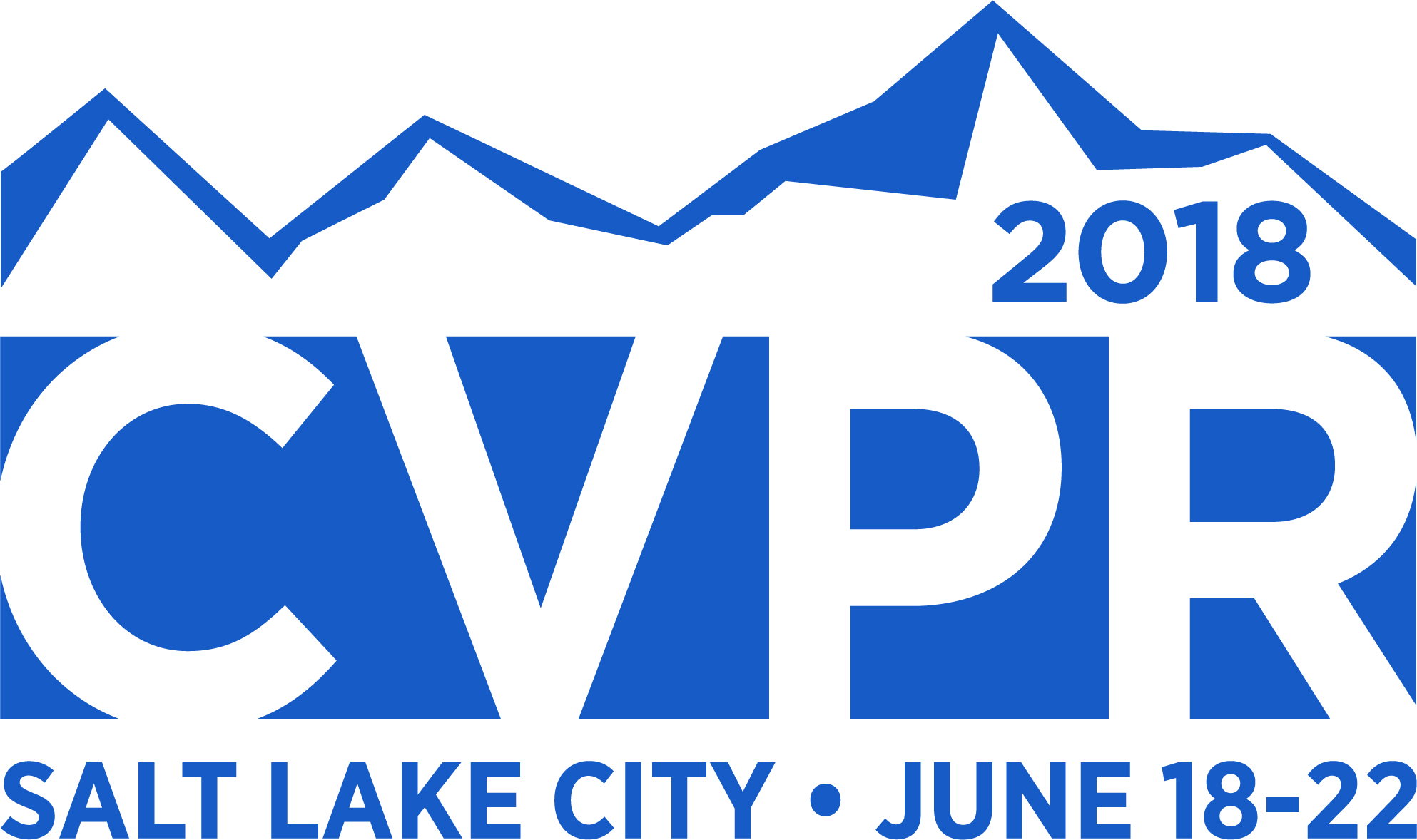-
Coding Kendall's Shape Trajectories for 3D Action Recognition
AbstractSuitable shape representations as well as their temporal evolution, termed trajectories, often lie to non-linear manifolds. This puts an additional constraint (i.e., non-linearity) in using conventional machine learning techniques for the purpose of classification, event detection, prediction, etc. This paper accommodates the well-known Sparse Coding and Dictionary Learning to the Kendall's shape space and illustrates effective coding of 3D skeletal sequences for action recognition. Grounding on the Riemannian geometry of the shape space, an intrinsic sparse coding and dictionary learning formulation is proposed for static skeletal shapes to overcome the inherent non-linearity of the manifold. As a main result, initial trajectories give rise to sparse code functions with suitable computational properties, including sparsity and vector space representation. To achieve action recognition, two different classification schemes were adopted. A bi-directional LSTM is directly performed on sparse code functions, while a linear SVM is applied after representing sparse code functions using Fourier temporal pyramid. Experiments conducted on three publicly available datasets show the superiority of the proposed approach compared to existing Riemannian representations and its competitiveness with respect to other recently-proposed approaches. When the benefits of invariance are maintained from the Kendall's shape representation, our approach not only overcomes the problem of non-linearity but also yields to discriminative sparse code functions.
Related Material
[pdf][bibtex]@InProceedings{Tanfous_2018_CVPR,
author = {Ben Tanfous, Amor and Drira, Hassen and Ben Amor, Boulbaba},
title = {Coding Kendall's Shape Trajectories for 3D Action Recognition},
booktitle = {Proceedings of the IEEE Conference on Computer Vision and Pattern Recognition (CVPR)},
month = {June},
year = {2018}
}
These CVPR 2018 papers are the Open Access versions, provided by the Computer Vision Foundation.
Except for the watermark, they are identical to the accepted versions; the final published version of the proceedings is available on IEEE Xplore.
Except for the watermark, they are identical to the accepted versions; the final published version of the proceedings is available on IEEE Xplore.
This material is presented to ensure timely dissemination of scholarly and technical work.
Copyright and all rights therein are retained by authors or by other copyright holders.
All persons copying this information are expected to adhere to the terms and constraints invoked by each author's copyright.

